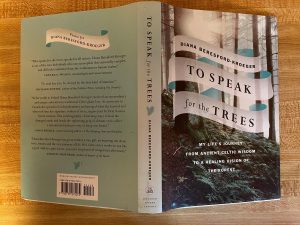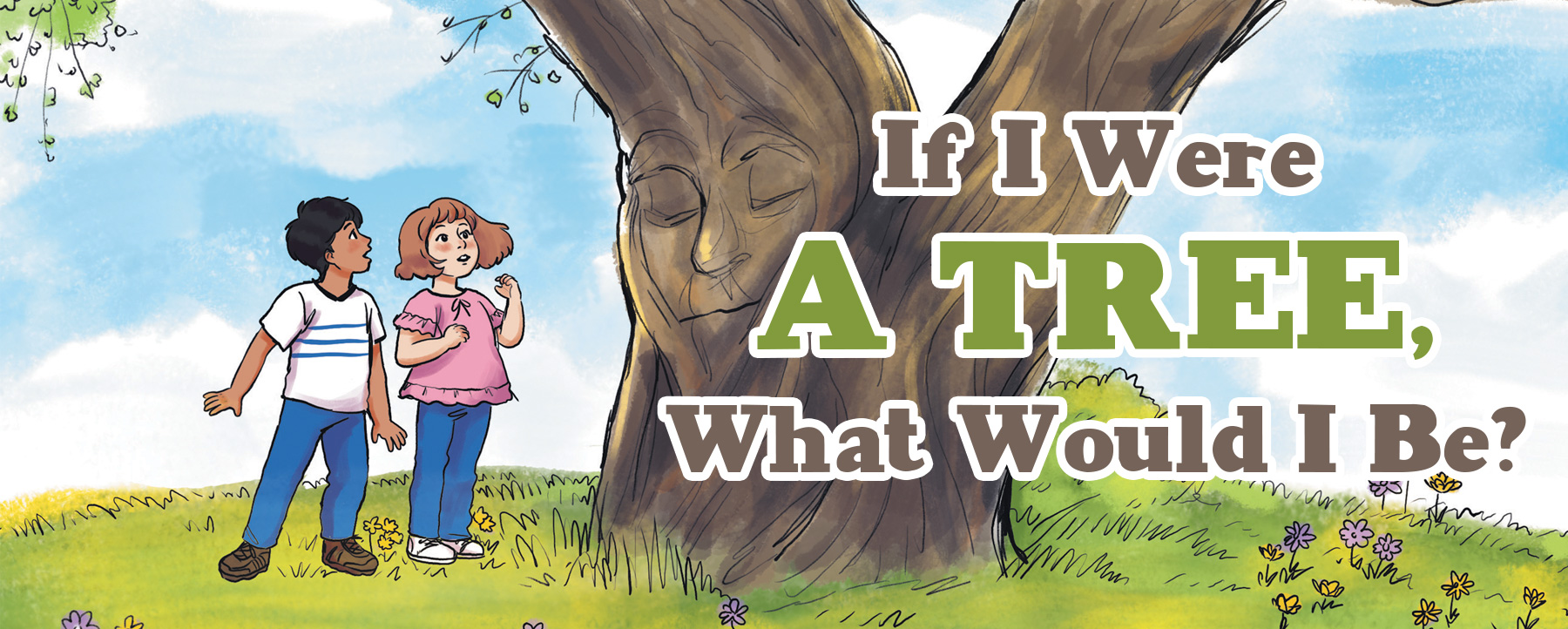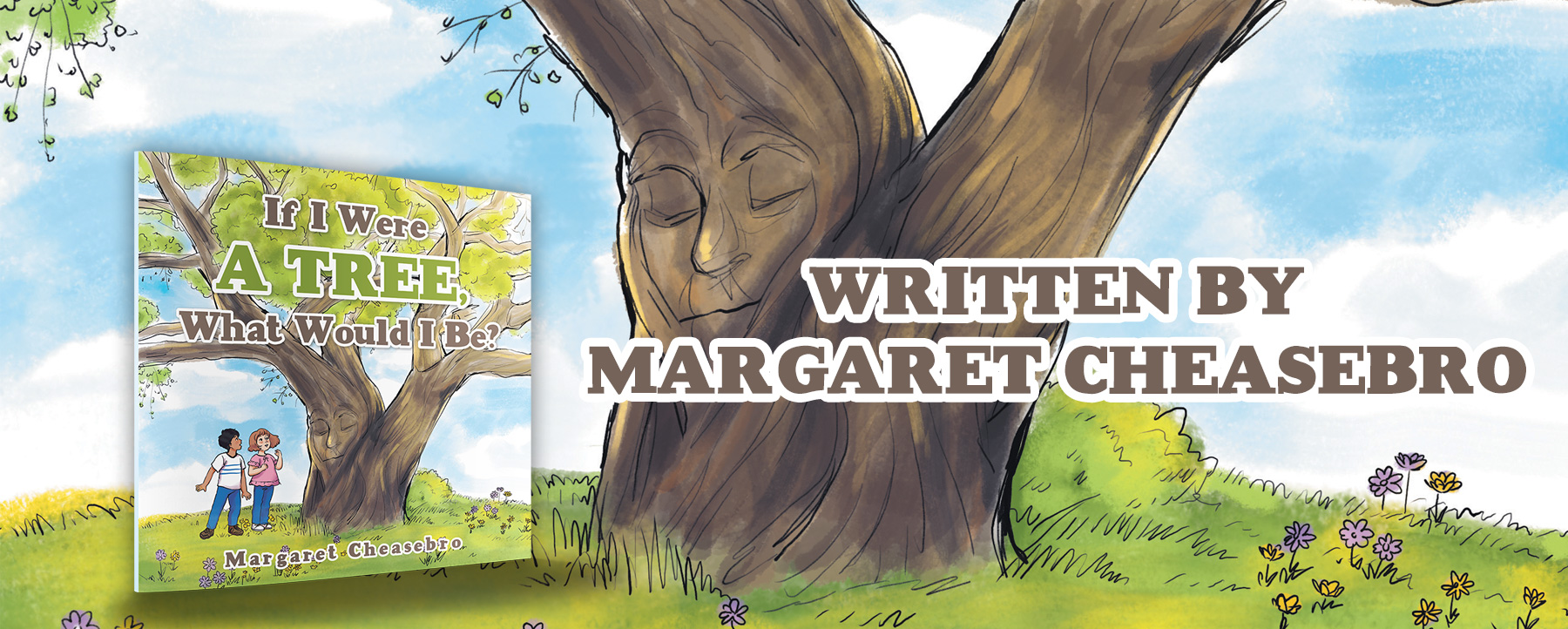
Front and back cover of book, To Speak for the Trees
I have been learning about an amazing woman named Diana Beresford-Kroeger. She was born in England in 1944. Her father was British, and her mother was Irish.
She eventually wrote a book about her life. Published in 2019 by Random House Canada, the book is called To Speak for the Trees: My Life’s Journey from Ancient Celtic Wisdom to a Healing Vision of the Forest.
Diana’s parents died when she was 12. She became an orphan and a ward of the Irish courts. Her mother had relatives in the Lisheens Valley in County Cork, Ireland, one of the last bastions of the Celtic culture in Ireland. She spent her summers there, surrounded by relatives who loved her. They taught her much of what they knew about plants and animals and about Celtic wisdom passed down orally for centuries. Diana proved to be very intelligent and learned quickly.
In college, she studied for her classes and delved deeper to learn more about botany and related subjects. She discovered that a very long time before humans existed, earth’s atmosphere had such high concentrations of carbon dioxide that it could not have sustained human life. That was when ferns were changing to evergreens. Over the next 300 million years ferns and evergreens transformed into other kinds of plants and finally into flowering trees that put oxygen into the atmosphere. Those trees made it possible for the human family to emerge. “Trees,” she wrote, “were responsible for the most basic necessity of life, the air we breathe.” (p. 105)
She also noticed that “rare species tended to occur in places where a river ran into the sea and fresh water and salt water mingled.” Those areas teamed with life, including fish and whales. Life teamed in those areas, she wrote, because “as leaves decompose on the forest floor, they release fulvic acid, a humic acid capable of bonding with the iron in the soil. Flushed from the forest into the rivers and carried to the ocean, an iron-poor environment, this oxygenated iron boosts the growth of phytoplankton, creating a marine buffet.” (p. 109)
There’s an old Japanese saying that expresses that process simply. “If you want to catch a fish, plant a tree.” (p. 109)
What concerns Diana is the huge loss of trees around the world. The more trees that are cut down, the less fulvic acid is created. When there is not enough acid to leach into groundwater that flows into the sea, coastal waters have less iron in the soil. That means a reduction in microscopic marine life. Without enough of that life, sea creatures face famine. Cutting down lots of trees also means that humans are making the atmosphere less able to sustain human life.
I haven’t finished reading her book yet. Every page contains fascinating information. If you want to learn how important it is to nurture trees and forests so that humans can live in a healthy atmosphere, check out a copy of To Speak for the Trees from your library. If they don’t have it, order it through interlibrary loan, or buy a copy for yourself. It is written in a very readable style.


